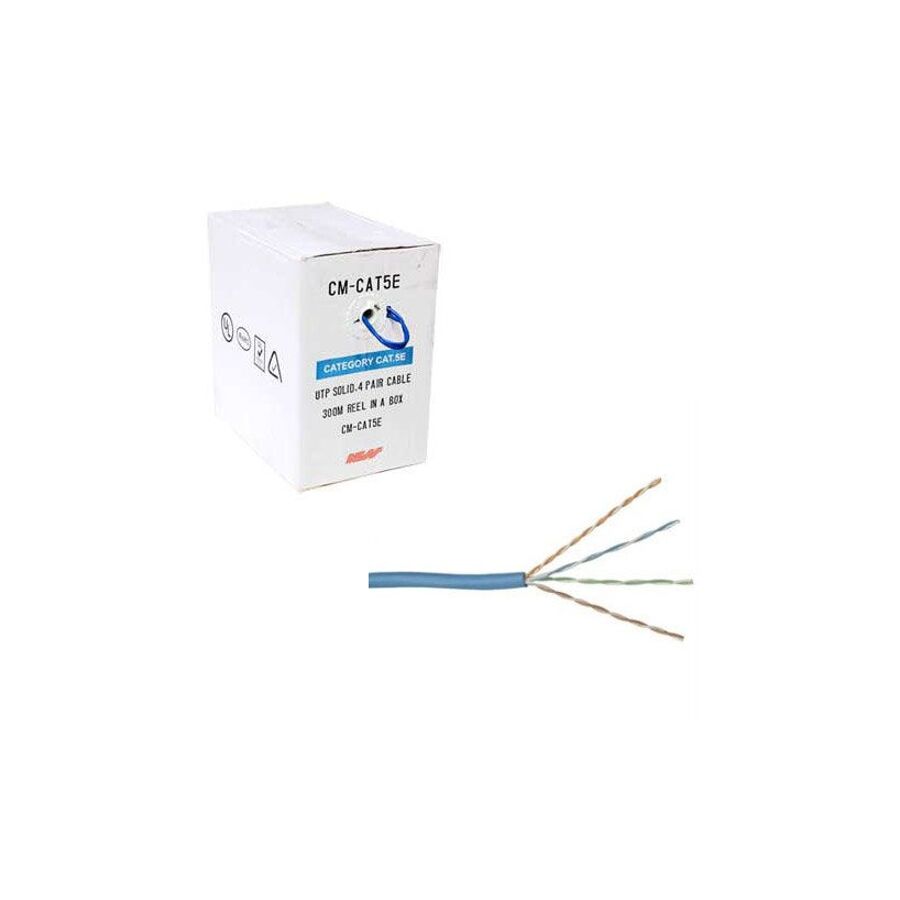Kingsgrove Branch:
Cat5e vs Cat6

G'day! With the NBN rolling out faster speeds and our homes becoming smarter by the day, having a rock-solid internet connection is more important than ever. While Wi-Fi is convenient, nothing beats a hardwired connection for streaming the footy in 4K or gaming without lag. If you are planning a renovation or a new build, you are likely facing the common debate of cat5e vs cat6.
To the untrained eye, these cables look nearly identical, but what is going on under the jacket makes a massive difference to your network's performance. Let's break down the differences so you can decide which one is right for your Aussie home.
The Veteran: Category 5e (Cat5e)
Cat5e (the 'e' stands for enhanced) has been the standard for home networking for about two decades. It is a twisted pair cable that is flexible, easy to terminate, and generally cheaper to buy.
The Stats: It is rated for speeds up to 1 Gigabit per second (Gbps) and has a bandwidth of 100 MHz.
The Verdict: For most current NBN plans, Cat5e is still perfectly capable. If you move into an existing home that is already wired with Cat5e, there is usually no urgent need to rip it out unless you are experiencing interference issues. It handles general browsing and streaming just fine.
The Modern Standard: Category 6 (Cat6)
Cat6 is the new standard for residential and commercial installations in Australia. Physically, it is often a bit thicker and stiffer than Cat5e. If you cut it open, you will usually see a plastic spline or separator running down the middle, keeping the twisted pairs of wires apart.
The Stats: Cat6 supports bandwidths up to 250 MHz. While it handles 1 Gigabit speeds easily over long distances (100 metres), its real party trick is the ability to handle 10 Gigabit speeds over shorter runs (up to about 55 metres).
The Verdict: The internal separator significantly reduces "crosstalk" (interference between the wires) and system noise. This means your data packets get from point A to point B with fewer errors. You might see these rolls sitting side by side at your local electrical wholesaler, but the difference inside the jacket is what counts for long-term performance.
The Head-to-Head: Making the Decision
When weighing up cat5e vs cat6, it really comes down to future-proofing.
- Interference: Cat6 is far superior at blocking interference. If you are running data cables next to power cables in a wall cavity or ceiling, Cat6 is the safer bet to ensure a clean signal.
- Speed: While both do 1 Gigabit comfortably, file sizes are getting bigger and internet speeds are getting faster. Cat6 opens the door for 10 Gigabit networking in the future without needing to rewire the house.
- Cost: Cat6 is slightly more expensive per metre, but the labour cost to install it is roughly the same. Given that you don't want to be re-cabling your walls in five years, the small extra cost for Cat6 is usually worth it.
A Critical Warning on Installation
It is important to remember that in Australia, installing fixed data cabling (cables hidden in walls, ceilings, or floors) is regulated work. You cannot do this yourself.
This work must be carried out by a registered licensed cabler. They understand the specific separation rules required between data and electrical services to keep your home safe and your signal clear. A professional will ensure that the cable is terminated correctly at the wall plate to maintain the speed rating of the cable.
Sourcing Quality Data Gear
If you are going to the effort of cabling your home, you want to make sure the components match the cable quality. Using a Cat6 cable with an old Cat5 jack is a bottleneck waiting to happen.
Schnap Electric Products is a leading supplier for the industry, stocking high-performance data solutions that professionals trust. They offer a comprehensive range of both Cat5e and Cat6 cabling, along with the matching high-speed data jacks, patch panels, and wall plates needed to complete the job. By providing trade-quality gear that you would expect from a leading electrical wholesaler, Schnap Electric ensures your home network is built to handle high speeds reliably. Whether you stick with the budget-friendly Cat5e or invest in Cat6, getting quality components from Schnap Electric is the best way to ensure your connection stays fast and stable.
Recent posts

Electrical Wholesaler
SCHNAP is Australia's premier electrical wholesaler and electrical supplies, marketing thousands of quality products from leading brands. Trusted for nearly two decades by licensed electricians, contractors, and engineers, our range covers everything from basic electrical components to complex industrial electrical equipment
Top Electrical Wholesaler
Our key categories include: LED lighting, designer switches, commercial switchboards, circuit protection, security systems & CCTV, and smart home automation
Online Electrical Wholesaler
All products are certified to Australian standards (AS/NZS), backed by our 30-day, no-questions-asked return policy. Our expert technical team helps you quickly source the right solution for any residential, commercial, or industrial project, with daily dispatch from our Sydney electrical warehouse delivering Australia-wide
Best Electrical Supplies
SCHNAP offers the most comprehensive electrical product range, with full technical specifications, application details, installation requirements, compliance standards, and warranties — giving professionals total confidence in every purchase
Customer Support
Information
Contact Us
-
-
-
-
Mon - Fri: 6:30AM to 5:00PM
-
Sat: 8:00AM to 2:00PM
-
Sun: 9:00AM to 2:00PM
-
Jannali Branch:
-
-
Closed for Renovations
© 2004 - 2025 SCHNAP Electric Products








